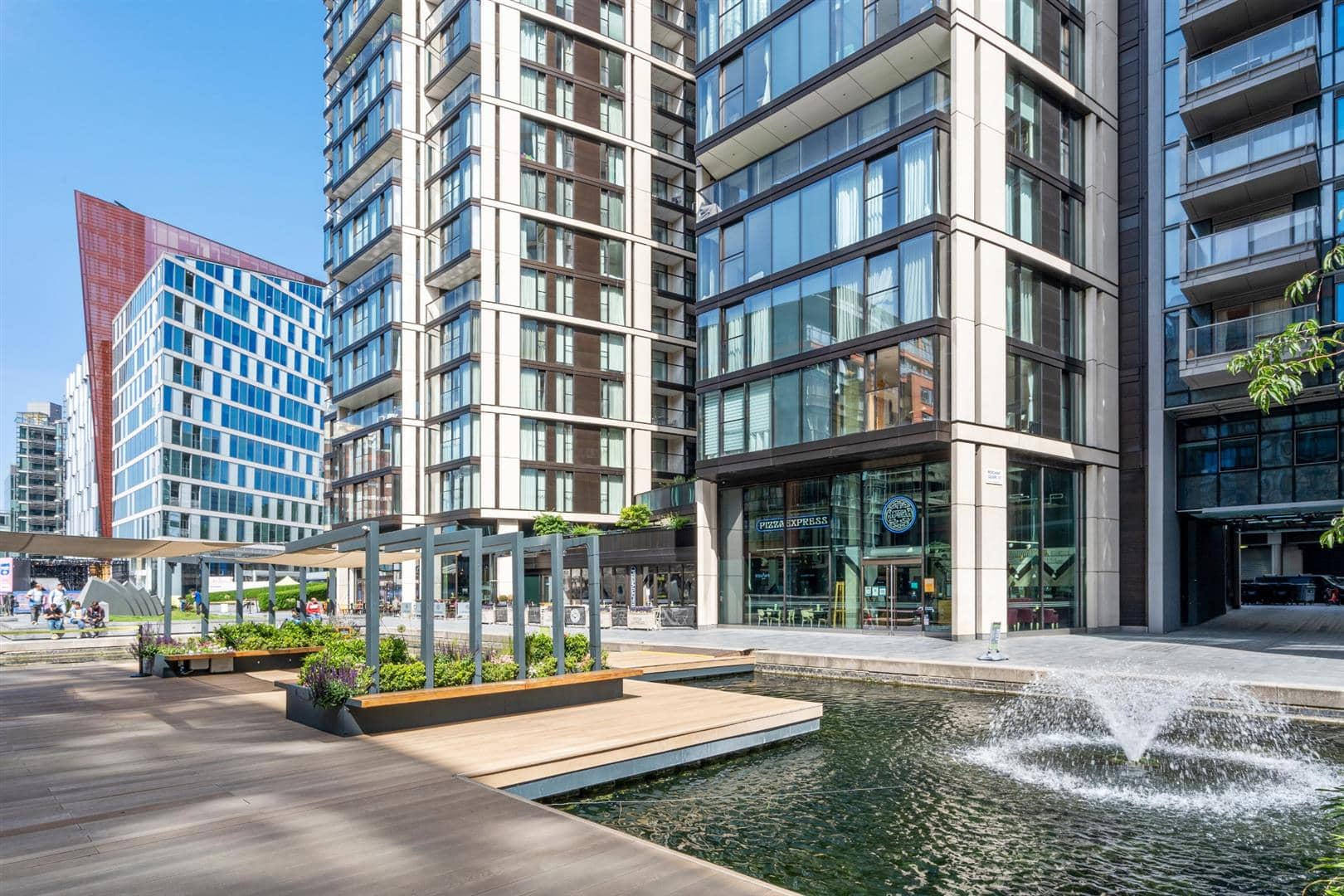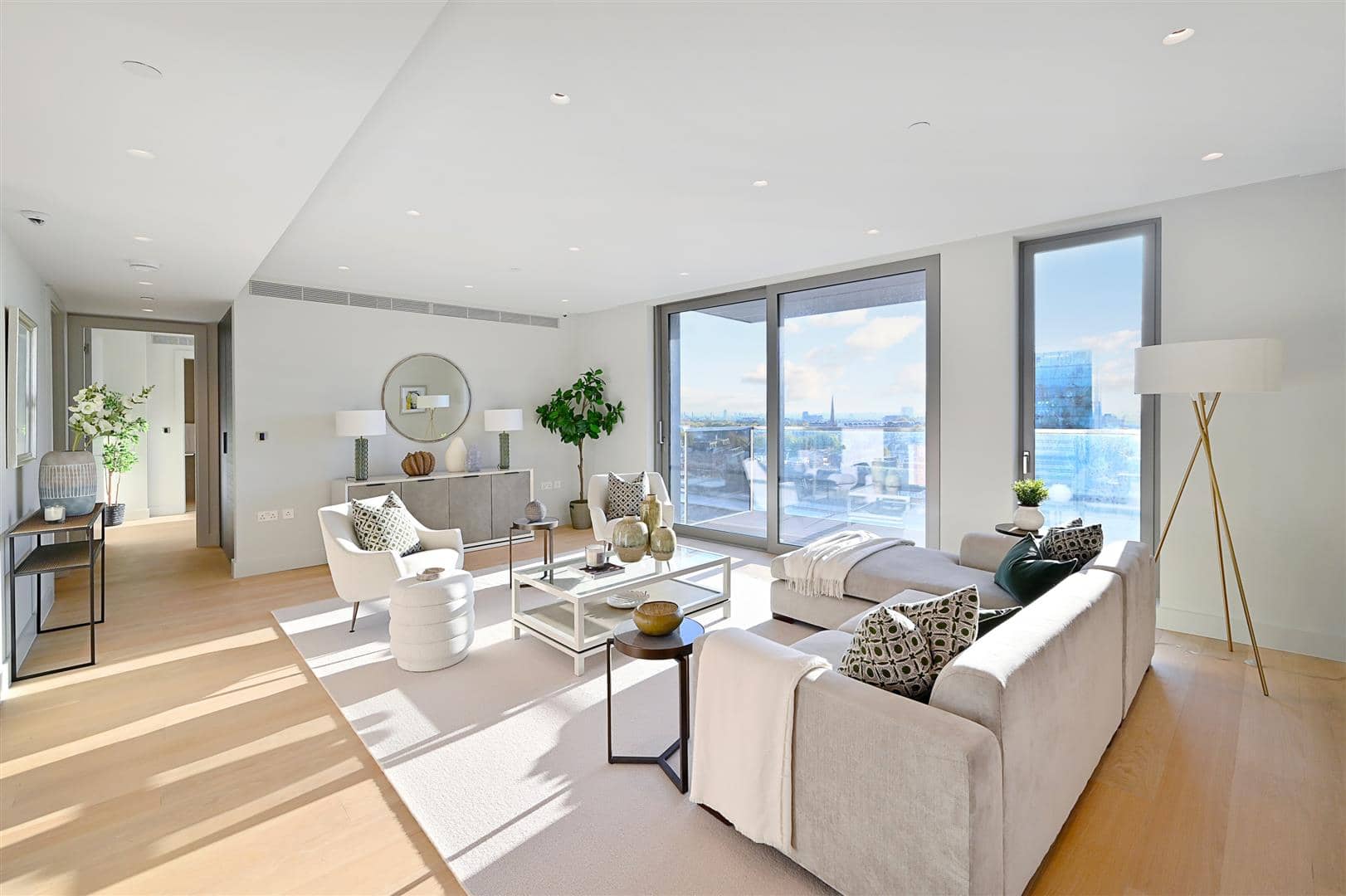Grange Blog
- Details
- Hits: 36

The dynamic, ever-evolving real estate market in London has long been an attractive prospect for investors seeking stable returns and long-term growth.
Among the various investment options available, buy-to-rent property, particularly apartments, has emerged as a popular choice for savvy investors. We explore the benefits and considerations of investing in buy-to-rent apartments in London and sheds light on why this type of investment continues to be a sound financial decision.
- Details
- Hits: 41

Getting a property ready for sale involves a combination of cleaning, repairs, and staging to make it appealing to potential buyers.
Here are some tips to help you prepare your property:






